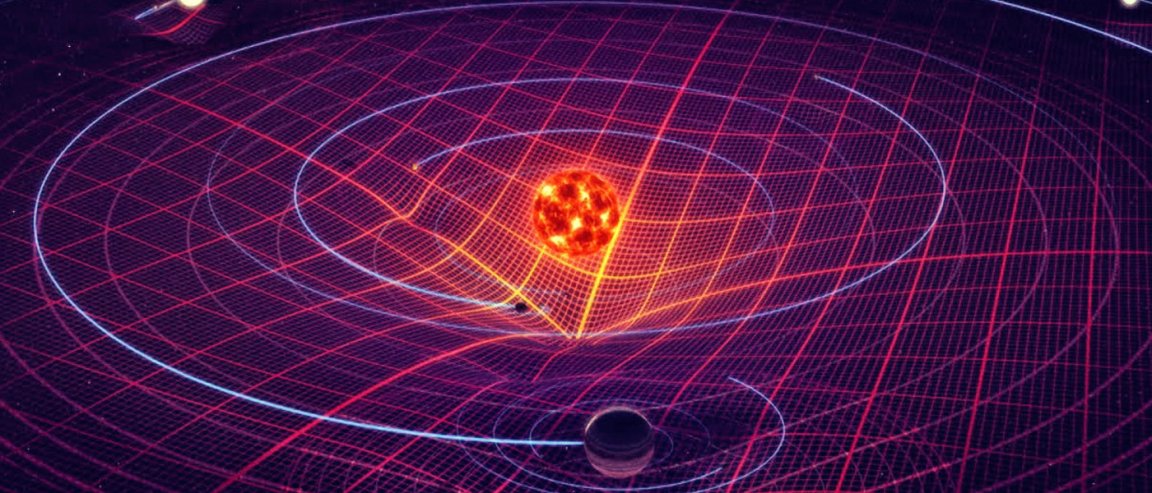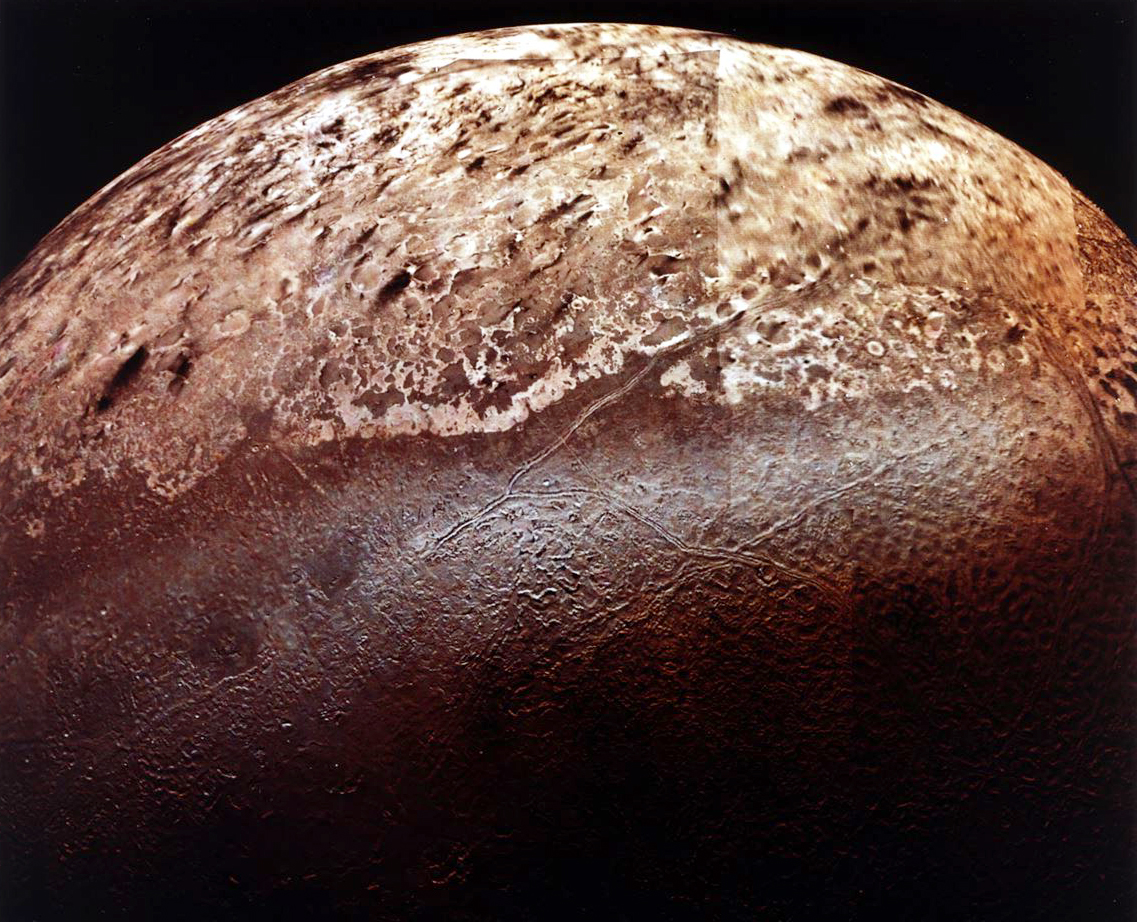
A Retrograde World
In August 25, 1989, NASA’s Voyager 2 mission reached the outer solar system and gave us our first look at the largest of Neptune’s 13 moons, Triton. To begin, Triton is considered to be one of the coldest places in our entire Solar System. The moon’s surface temperature is about -235°C on average, while Pluto averages about -229°C.
Yes, this world is colder than Pluto.
And upon our arrival, we discovered that the this strange moon is, well, even stranger than we assumed. In fact, it is orbiting the wrong way, and it is the only large moon among any of the other planets in the solar system that does this.
Triton has what is called a “retrograde orbit,” which means that its orbit is opposite to Neptune’s rotational direction, indicating that the moon did not form along with its host planet. This orbit contradicts everything we know about how moons form.
And Things Get Weirder
If that’s not enough to convince you that it’s clearly no ordinary moon, Triton’s surface is smooth, seemingly like metal. This may be caused by eruptions on the surface, as Triton is geologically active to this day, driven by the radioactive heating from its core. And this heating means that it could have liquid water in its interior, just like Europa.
One theory is that Triton was originally a binary object that visited our solar system from somewhere else. In this case, Triton would have once been a dwarf planet. However, it had a close encounter with Neptune that ended with the loss of the other body, making the former planet a moon.
Sadly, Triton’s orbit is decaying. Scientists estimate that, in approximately 3.6 billion years, it will pass below Neptune’s Roche limit and will be torn apart…so enjoy this little world while you can.
